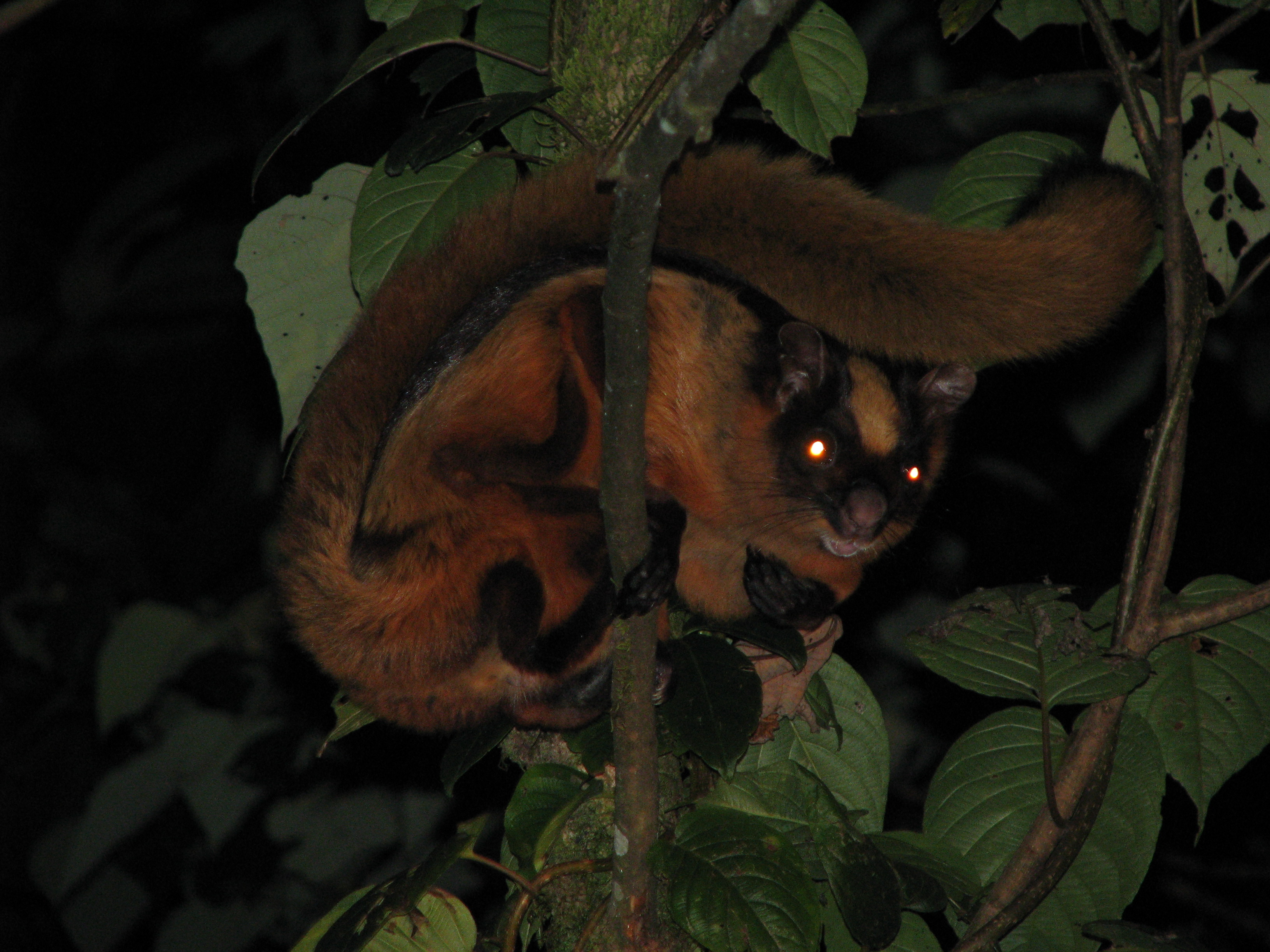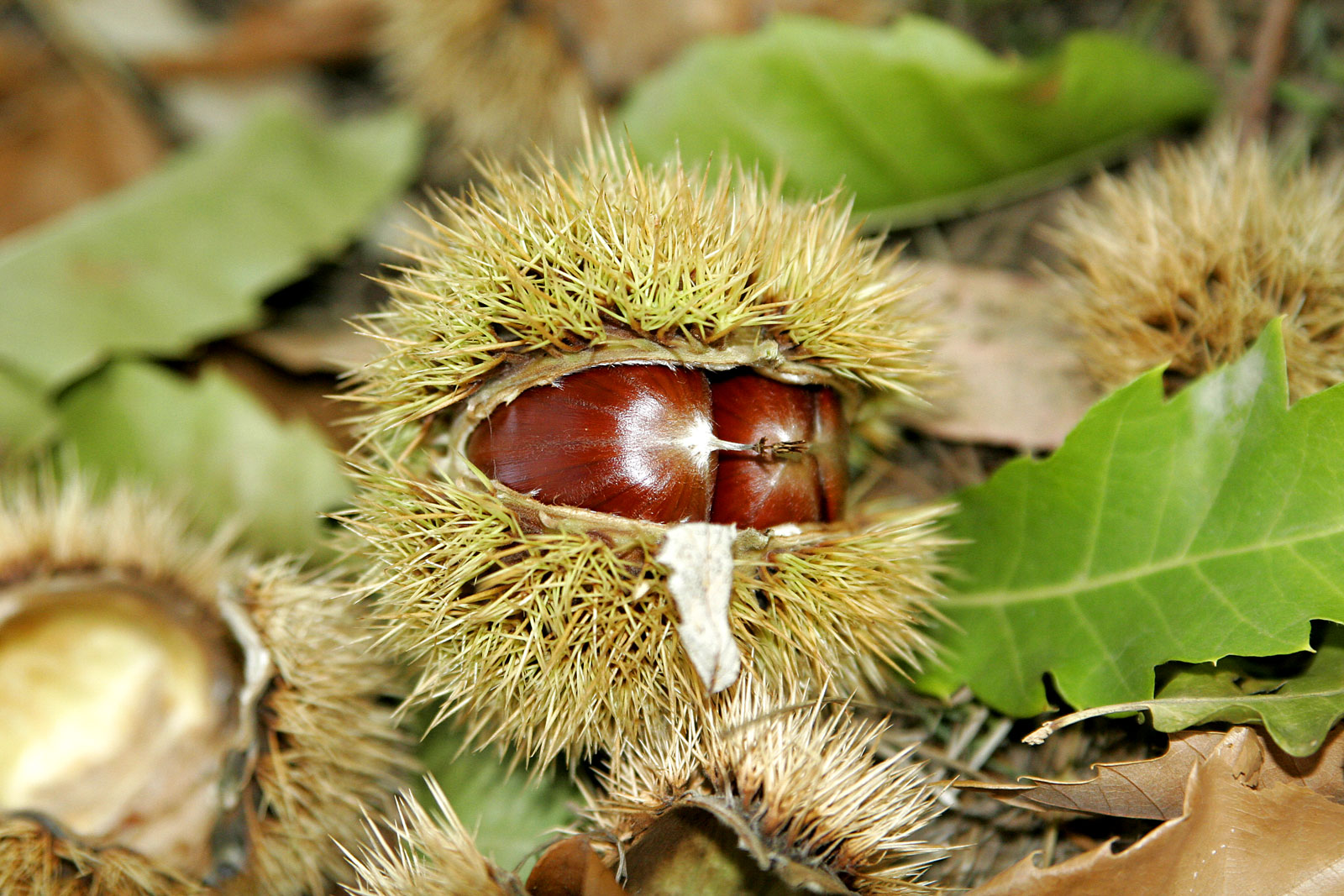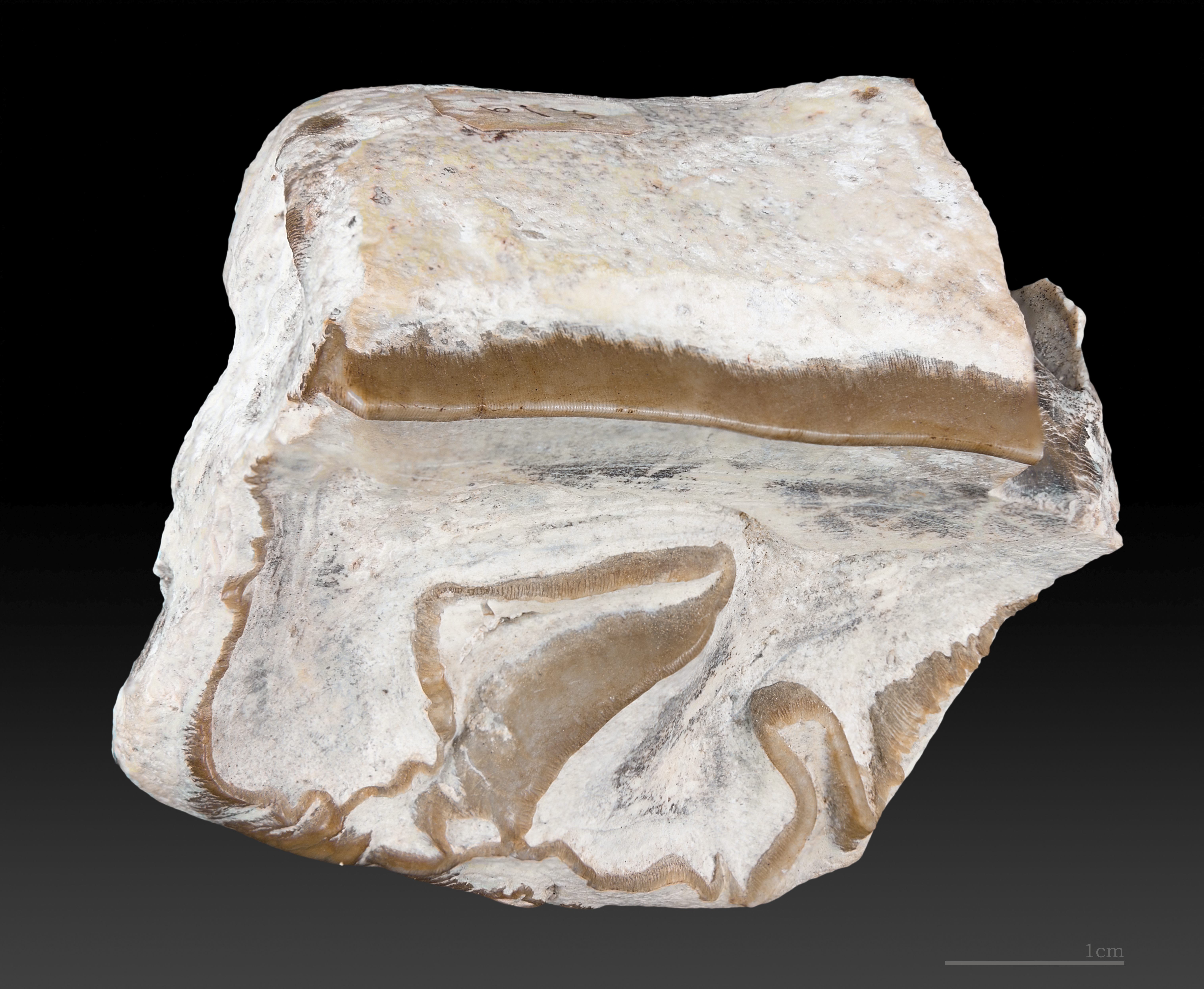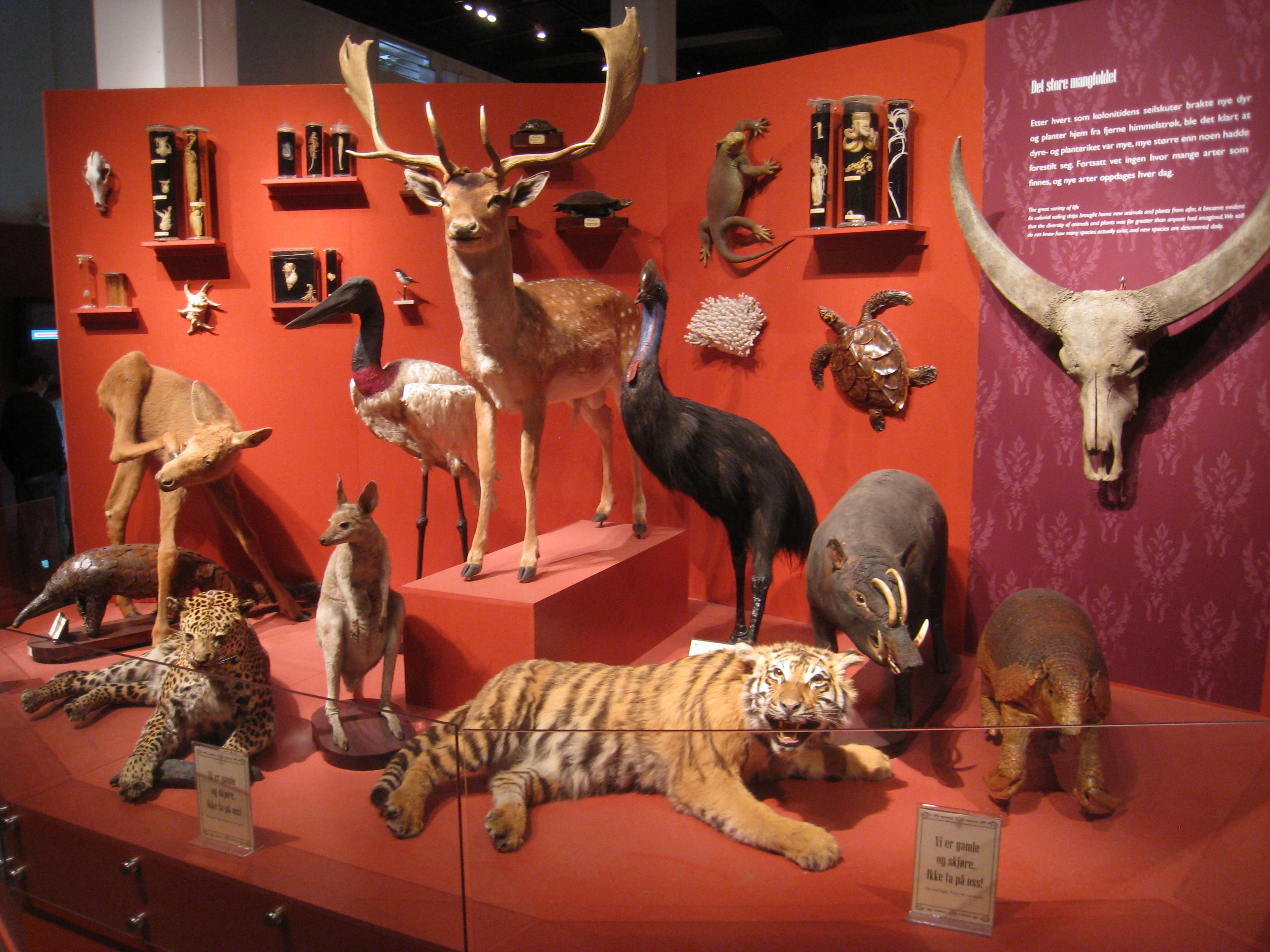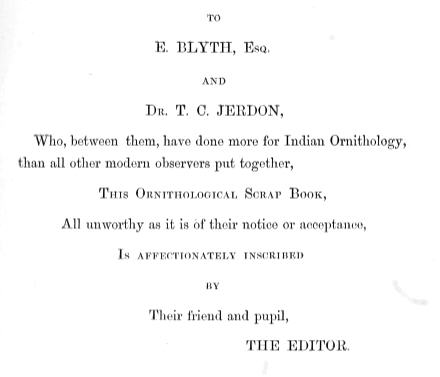|
Bhutan Giant Flying Squirrel
The Bhutan giant flying squirrel (''Petaurista nobilis''), also known as the Gray's giant flying squirrel or noble giant flying squirrel, is a species of rodent in the family Sciuridae. This species lives in Himalayan forests and it is one of the largest flying squirrels. Like other flying squirrels, it is mainly nocturnal and able to glide (not actually fly like a bat) long distances between trees by spreading out its patagium, skin between its limbs. Distribution The Bhutan giant flying squirrel has a narrow range in the Himalayas where restricted to central and eastern Nepal, Bhutan, and the Indian states of Sikkim, far northern West Bengal, and western and central Arunachal Pradesh. It might occur in Tibet in China, but this remains unconfirmed. Appearance and taxonomy The Bhutan giant flying squirrel is one of the largest flying squirrels with a head-and-body length of about , a tail length of and a total length of up to . There are some variations in the proportions; ... [...More Info...] [...Related Items...] OR: [Wikipedia] [Google] [Baidu] |
Sikkim
Sikkim ( ; ) is a States and union territories of India, state in northeastern India. It borders the Tibet Autonomous Region of China in the north and northeast, Bhutan in the east, Koshi Province of Nepal in the west, and West Bengal in the south. Sikkim is also close to the Siliguri Corridor, which borders Bangladesh. Sikkim is the List of states and union territories of India by population, least populous and List of states and union territories of India by area, second-smallest among the Indian states. Situated in the Eastern Himalaya, Sikkim is notable for its biodiversity, including Alpine climate, alpine and subtropical climates, as well as being a host to Kangchenjunga, the List of mountains in India, highest peak in India and List of highest mountains on Earth, third-highest on Earth. Sikkim's Capital (political), capital and largest city is Gangtok. Almost 35% of the state is covered by Khangchendzonga National Park – a UNESCO World Heritage Site. The Kingdom of Si ... [...More Info...] [...Related Items...] OR: [Wikipedia] [Google] [Baidu] |
Chestnut (color)
Chestnut or castaneous is a colour, a medium reddish shade of brown (displayed right), and is named after the nut of the chestnut tree In botany, a tree is a perennial plant with an elongated stem, or trunk, usually supporting branches and leaves. In some usages, the definition of a tree may be narrower, e.g., including only woody plants with secondary growth, only .... An alternate name for the colour is badious. Indian red (color), Indian red is a similar but separate and distinct colour from ''chestnut''. Chestnut is also a very dark tan (colour), tan that almost appears brown. Etymology The name ''chestnut'' derives from the color of the nut of the chestnut tree. The first recorded use of ''chestnut'' as a color term in English language, English was in 1555. The color Maroon (color), maroon is also named after the chestnut (via French ''marron''). Variations of chestnut Deep chestnut Deep chestnut is the color called ''chestnut'' in Crayola ... [...More Info...] [...Related Items...] OR: [Wikipedia] [Google] [Baidu] |
Paratype
In zoology and botany, a paratype is a specimen of an organism that helps define what the scientific name of a species and other taxon actually represents, but it is not the holotype (and in botany is also neither an isotype (biology), isotype nor a syntype). Often there is more than one paratype. Paratypes are usually held in museum research collections. The exact meaning of the term ''paratype'' when it is used in zoology is not the same as the meaning when it is used in botany. In both cases however, this term is used in conjunction with ''holotype''. Zoology In zoological nomenclature, a paratype is officially defined as "Each specimen of a type series other than the holotype.", ''International Code of Zoological Nomenclature'' In turn, this definition relies on the definition of a "type series". A type series is the material (specimens of organisms) that was cited in the original publication of the new species or subspecies, and was not excluded from being type material ... [...More Info...] [...Related Items...] OR: [Wikipedia] [Google] [Baidu] |
Zoological Specimen
A zoological specimen is an animal or part of an animal preserved for scientific use. Various uses are: to verify the identity of a (species), to allow study, increase public knowledge of zoology. Zoological specimens are extremely diverse. Examples are bird and mammal study skins, mounted specimens, skeletal material, casts, pinned insects, dried material, animals preserved in liquid preservatives, and microscope slides. Natural history museums are repositories of zoological specimens Study skins Bird and mammal specimens are conserved as dry study skins, a form of taxidermy. The skin is removed from the animal's carcass, treated with absorbents, and filled with cotton or polyester batting (In the past plant fibres or sawdust were used). Bird specimens have a long, thin, wooden dowel wrapped in batting at their center. The dowel is often intentionally longer than the bird's body and exits at the animal's vent. This exposed dowel provides a place to handle the bird without distu ... [...More Info...] [...Related Items...] OR: [Wikipedia] [Google] [Baidu] |
William Thomas Blanford
William Thomas Blanford (7 October 183223 June 1905) was an England, English geologist and natural history, naturalist. He is best remembered as the editor of a major series on ''The Fauna of British India, Including Ceylon and Burma''. Biography Blanford was born in London to William Blanford and Elizabeth Simpson. His father owned a factory next to their house on Bouverie street, Whitefriars. He was educated in private schools in Brighton (until 1846) and Paris (1848). He joined his family business in carving and gilding and studied at the School of Design in Somerset House. Suffering from ill health, he spent two years in a business house at Civitavecchia owned by a friend of his father. His initial aim was to enter a mercantile career. On returning to England in 1851 he was induced to enter the newly established Royal School of Mines (now part of Imperial College London), which his younger brother Henry Francis Blanford, Henry F. Blanford (1834–1893), afterwards head of th ... [...More Info...] [...Related Items...] OR: [Wikipedia] [Google] [Baidu] |
Synonym (taxonomy)
In taxonomy, the scientific classification of living organisms, a synonym is an alternative scientific name for the accepted scientific name of a taxon. The Botanical nomenclature, botanical and Zoological nomenclature, zoological codes of nomenclature treat the concept of synonymy differently. * In nomenclature, botanical nomenclature, a synonym is a Binomial nomenclature, scientific name that applies to a taxon that now goes by a different scientific name. For example, Carl Linnaeus, Linnaeus was the first to give a scientific name (under the currently used system of scientific nomenclature) to the Norway spruce, which he called ''Pinus abies''. This name is no longer in use, so it is now a synonym of the current scientific name, ''Picea abies''. * In zoology, moving a species from one genus to another results in a different Binomial nomenclature, binomen, but the name is considered an alternative combination rather than a synonym. The concept of synonymy in zoology is reserved f ... [...More Info...] [...Related Items...] OR: [Wikipedia] [Google] [Baidu] |
Edward Blyth
Edward Blyth (23 December 1810 – 27 December 1873) was an English zoologist who worked for most of his life in India as a curator of zoology at the Asiatic Society, Royal Asiatic Society of Bengal in Calcutta. He set about updating the museum's catalogues, publishing a ''Catalogue of the Birds of the Asiatic Society'' in 1849. He was prevented from doing much fieldwork himself, but received and described bird specimens from Allan Octavian Hume, A.O. Hume, Samuel Tickell, Robert Swinhoe among others. His ''Natural History of the Cranes'' was published posthumously in 1881. Early life and work On 23 December 1810, Blyth was born in London. His father, a cloth merchant, clothier, died in 1820 and his mother sent him to Dr. Fennell's school in Wimbledon, London, Wimbledon. He took an interest in reading, but was often to be found spending time in the woods nearby. Leaving school in 1825, he went to study chemistry, at the suggestion of Dr. Fennell, in London under Dr. Keating at S ... [...More Info...] [...Related Items...] OR: [Wikipedia] [Google] [Baidu] |
Hodgson's Giant Flying Squirrel
Hodgson's giant flying squirrel (''Petaurista magnificus'') is a species of rodent in the family Sciuridae. This large flying squirrel lives in Himalayan forests in Asia. Like other flying squirrels, it is nocturnal and able to glide (not actually fly like a bat) long distances between trees by spreading out its patagium, skin between its limbs. Distribution and habitat The Hodgson's giant flying squirrel is native to the Himalayan region where found in Nepal, Bhutan, southern Xizang (Tibet) in China, and the Indian states of Sikkim, far northern West Bengal and much of Arunachal Pradesh. Although also reported from Bangladesh, Myanmar (Burma), and the Indian states of Assam and Meghalaya, its presence south and east of the Indian part of the Brahmaputra (Siang) River is questionable and likely the result of misidentifications of other species of giant flying squirrels. A taxonomic review of all flying squirrels did not include Bangladesh, Myanmar, Assam or Meghalaya as par ... [...More Info...] [...Related Items...] OR: [Wikipedia] [Google] [Baidu] |
Species Description
A species description is a formal scientific description of a newly encountered species, typically articulated through a scientific publication. Its purpose is to provide a clear description of a new species of organism and explain how it differs from species that have been previously described or related species. For a species to be considered valid, a species description must follow established guidelines and naming conventions dictated by relevant nomenclature codes. These include the International Code of Zoological Nomenclature (ICZN) for animals, the International Code of Nomenclature for algae, fungi, and plants (ICN) for plants, and the International Committee on Taxonomy of Viruses (ICTV) for viruses. A species description often includes photographs or other illustrations of type material and information regarding where this material is deposited. The publication in which the species is described gives the new species a formal scientific name. Some 1.9 million ... [...More Info...] [...Related Items...] OR: [Wikipedia] [Google] [Baidu] |
Ochre
Ochre ( ; , ), iron ochre, or ocher in American English, is a natural clay earth pigment, a mixture of ferric oxide and varying amounts of clay and sand. It ranges in colour from yellow to deep orange or brown. It is also the name of the colours produced by this pigment, especially a light brownish-yellow. A variant of ochre containing a large amount of hematite, or dehydrated iron oxide, has a reddish tint known as red ochre (or, in some dialects, ruddle). The word ochre also describes clays coloured with iron oxide derived during the extraction of tin and copper. Earth pigments Ochre is a family of earth pigments, which includes yellow ochre, red ochre, purple ochre, sienna, and umber. The major ingredient of all the ochres is iron(III) oxide-hydroxide, known as limonite, which gives them a yellow colour. A range of other minerals may also be included in the mixture:Krivovichev V. G. Mineralogical glossary. Scientific editor :uk:Булах Андрій Глібович, A. G ... [...More Info...] [...Related Items...] OR: [Wikipedia] [Google] [Baidu] |
Salmon (color)
Salmon is a warm color ranging from light orange to pink, named after the color of salmon flesh. The first recorded use of ''salmon'' as a color name in English was in 1776. The actual color of salmon flesh varies from almost white to light orange, depending on their levels of the carotenoid astaxanthin, which in turn is the result of the richness of the fish's diet of krill and shrimp; salmon raised on fish farms are given non-synthetic or artificial coloring in their food. The flesh of Atlantic salmon (''Salmo salar'') is lighter and oranger than that of the various Pacific salmon species (from the genus ''Oncorhynchus''). __TOC__ Variations of salmon Salmon pink (or ''salmon'' in Crayola crayons) was introduced by Crayola in 1949. See the List of Crayola crayon colors. Light salmon has a yellower hue and less saturation when compared to ''salmon''. Dark salmon resembles the color ''light salmon'', but is grayer. Like the web colors shown above, it is used in H ... [...More Info...] [...Related Items...] OR: [Wikipedia] [Google] [Baidu] |
